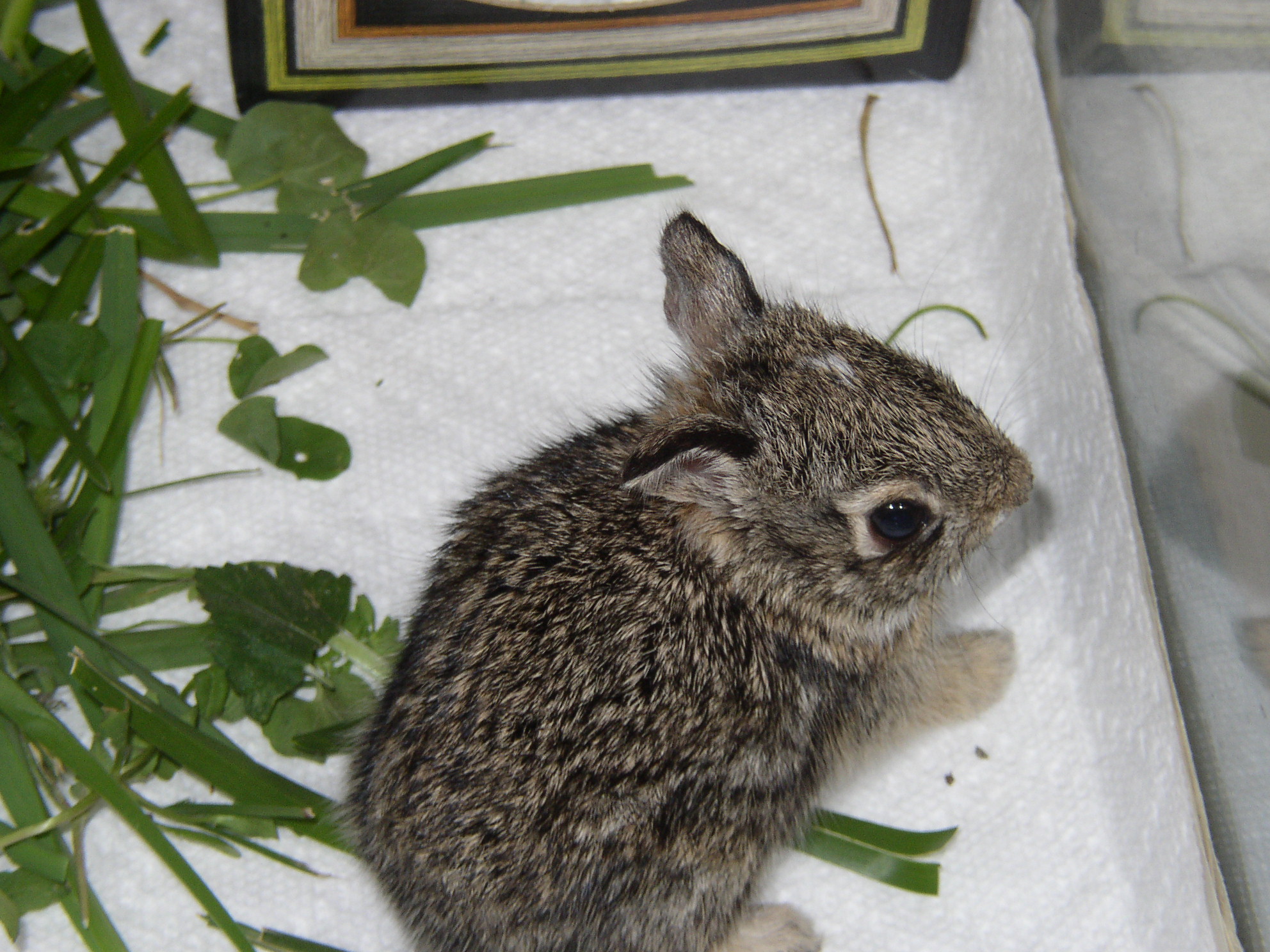Does Bird Feeder = Hawk Feeder?
When it comes to bird feeders it's always something. If it isn't the squirrels eating the seed, it is the hawks eating the birds. While we all know that hawks need to eat, we just don't want them dining at OUR bird feeders. The only way to truly make a feeder hawk proof would be to build a cage around your yard that has openings big enough for the birds, but too small for the hawks. Since that is clearly impractical what are the alternatives? For the last 14 years a pair of Red-shouldered Hawks has called the land around my house their territory. There have probably been many pairs, but there is always a pair claiming our yard as their territory. They scream out their territorial challenge from the abandoned Martin house in my neighbor's yard on a daily basis. Despite this there have been less than 5 instances where a hawk or other predator has taken a bird from my back-yard. Why? Maybe I got lucky with my feeder placement, but my neighbor hasn't complained about hawks taking his birds either. What do the placement of my feeder and my neighbor's feeder have in common? Absolutely nothing - and maybe that is the point. My yard has enough cover that straight line shots are minimized. My neighbor has several large trees, but they are grouped together leaving lots of straight line shots, especially from the abandoned Martin house. My theory is that I have physically made it harder for the hawks to snatch from my yard and my neighbor has made it psychologically more difficult because prey feel exposed and jumpy. Most hawks scope out potential food sources (i.e. your birds) from a nearby perch. [...]

